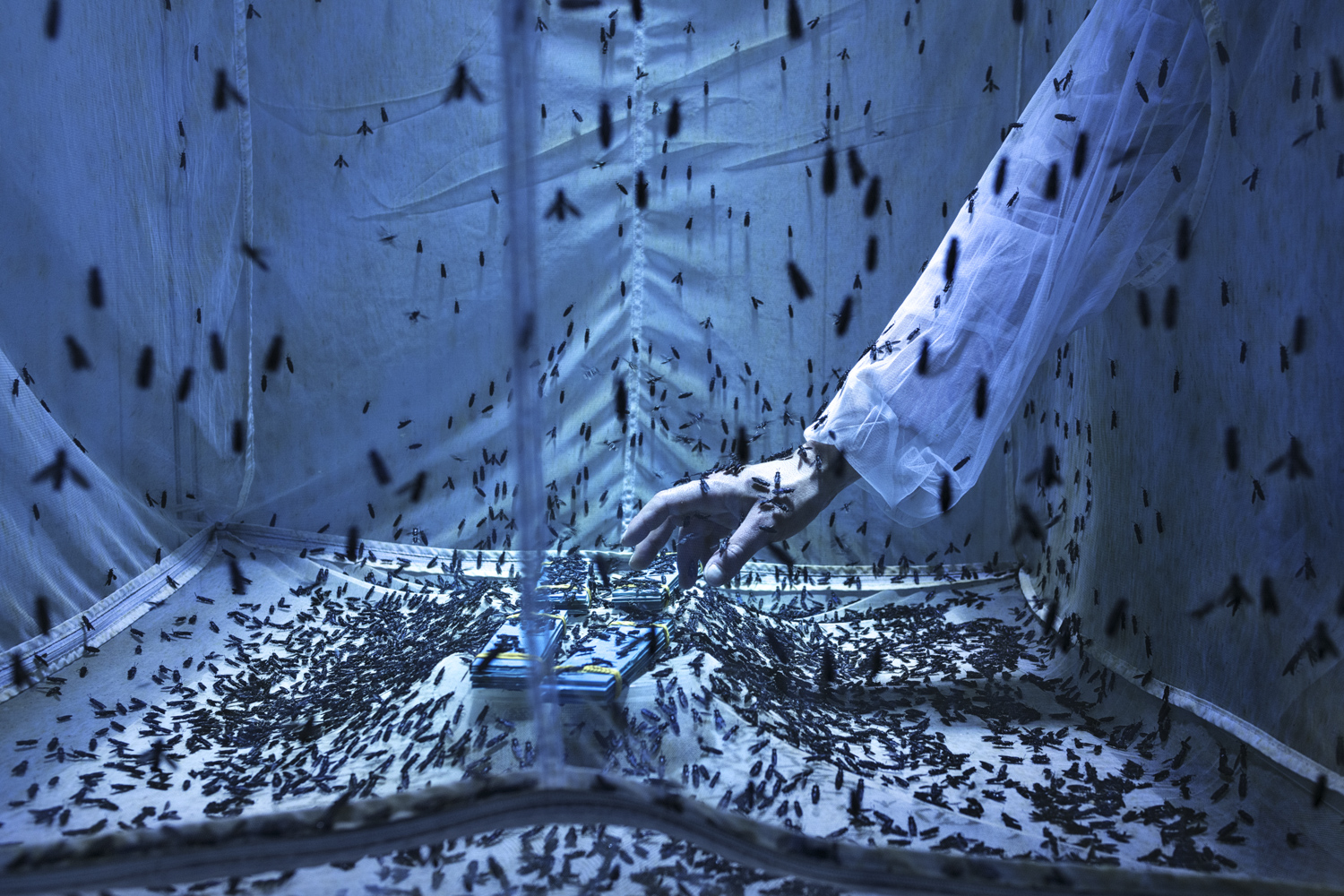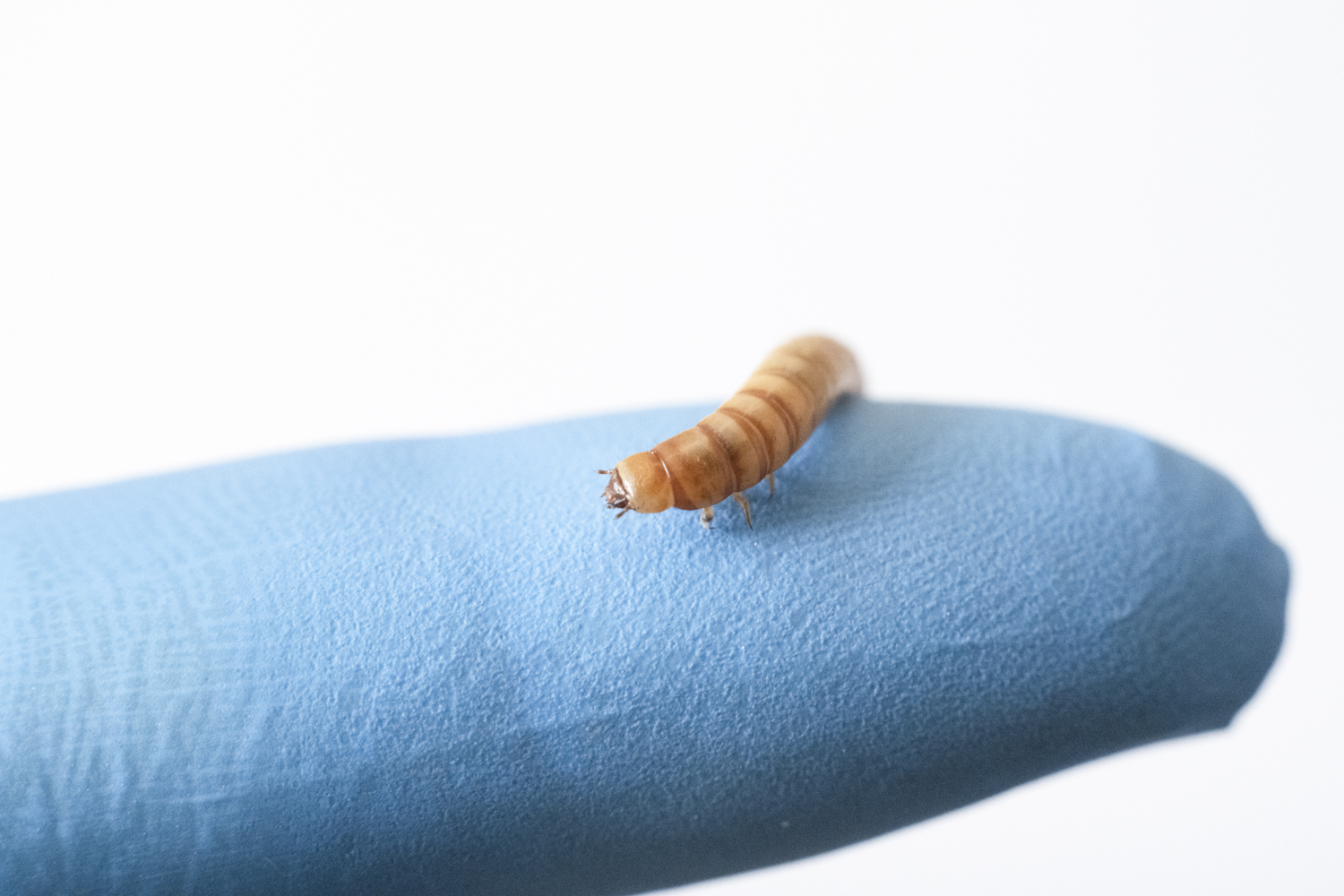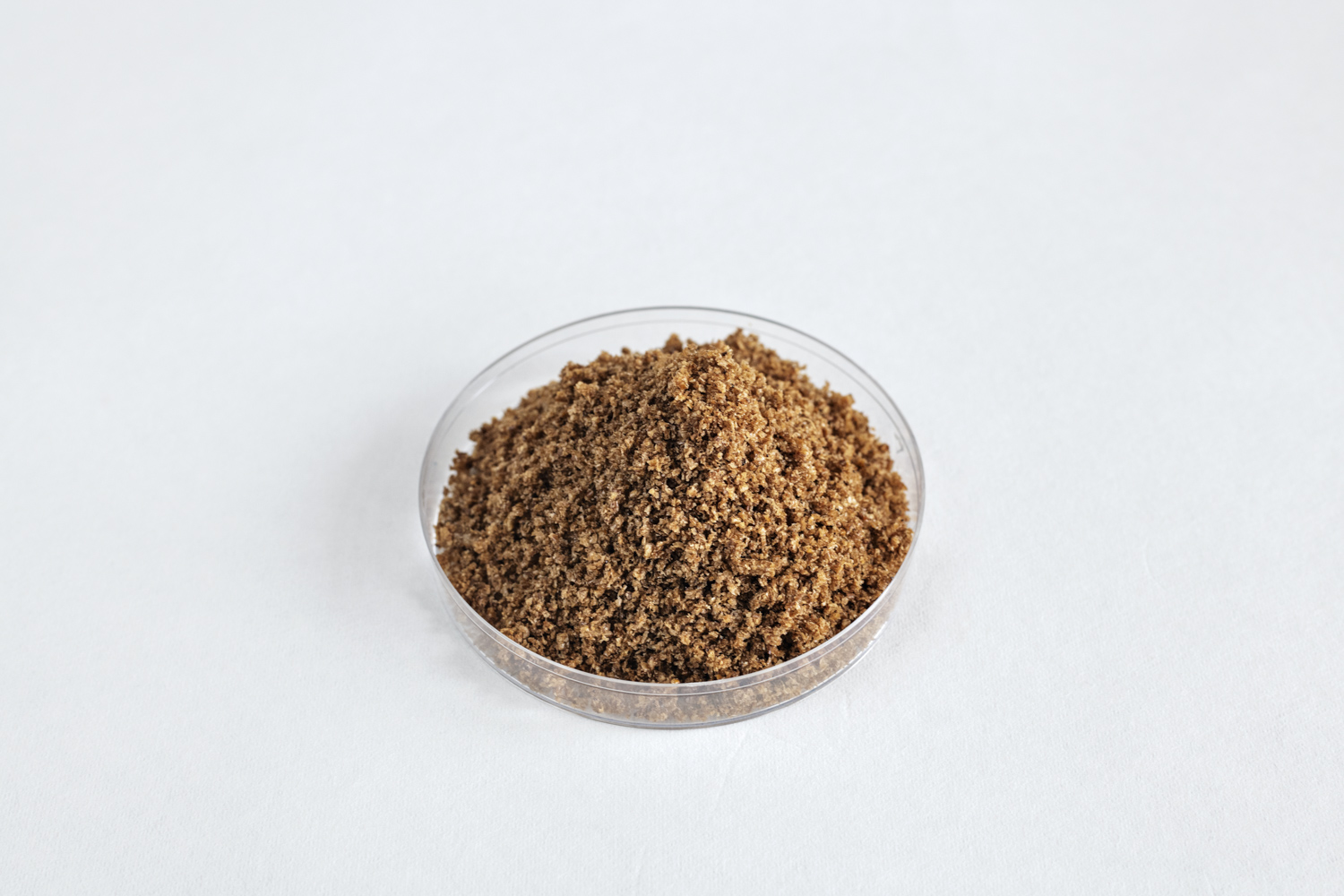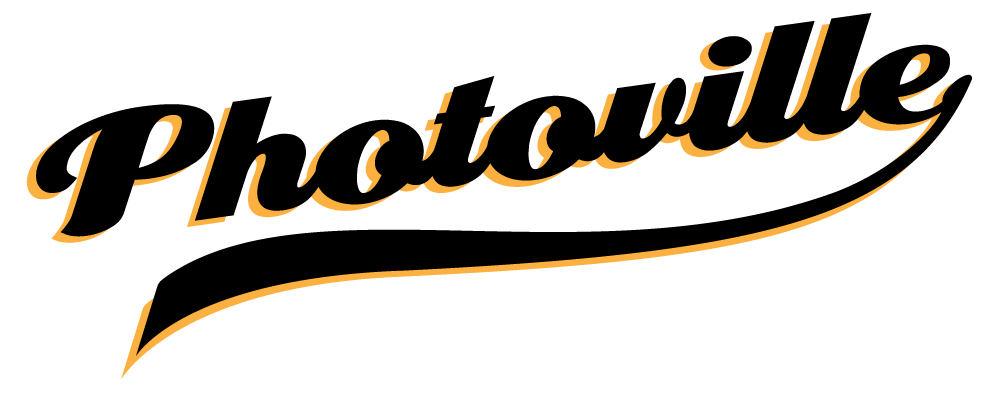




The United Nations’ Goal 2—Zero Hunger—aims to create a world free from hunger by 2030. It emphasizes the need to adapt our food styles to meet the nutritional requirements of a growing population and a struggling planet, and it focuses on finding sustainable solutions to end world hunger. Insects are often brought into the conversation—amid both skepticism and curiosity—as a potential solution and the so-called “Food of the Future”, thanks to their potential as a protein source.
Today, more than two billion people consume insects as food, and there are over 1,900 edible species. The most-consumed ones are in Mexico, Africa, and Southeast Asia, and the most appreciated insects are beetles and caterpillars. In many cases, these insects are collected directly from nature; therefore, they are wild, but in the last ten years, something has changed: the demand for insect-derived proteins has increased, and the demand for insects for animal feed has tripled.
Insects are rich in high-quality proteins and are highly sustainable due to their minimal environmental impact, both in terms of greenhouse gas emissions and water and soil consumption. Documenting the experimental use of insect-based foods aims to break the silence surrounding these potential solutions, bringing this conversation out of the confines of academia and inspiring action against the growing food insecurity aggravated by climate change.
Artist Bios
-
Maurizio Di Pietro
Maurizio Di Pietro is an Italian freelance documentary photographer primarily focused on social and environmental issues. He graduated in 2001 with a degree in computer science and often incorporates his passion for science into his work.
After working for many years as a stage photographer, he became involved with several non-governmental organizations in Morocco, Sri Lanka, Guatemala, and the West Bank. Afterwards, he spent several years in Kenya, documenting the effects of climate change while also addressing social and human aspects. He continues to explore the intersection of environmental and social issues and is dedicated to food and environmental sustainability with his ongoing project, ZERO HUNGER. Today, he also works as a photography teacher at the Factory10 photography school.
His images have been featured in national and international magazines such as National Geographic, GEO France, Der Spiegel, BBC, and many others. His work has been recognized in prestigious international competitions, including the LUCIES, the Sony World Photography Awards, and Pictures of the Year. In 2023, he was honored as Environmental Photographer of the Year.
Organizations
-

The Hudson Yards Hell’s Kitchen Alliance
-

Photoville
Founded in 2011 in Brooklyn, NY, Photoville was built on the principles of addressing cultural equity and inclusion, which we are always striving for, by ensuring that the artists we exhibit are diverse in gender, class, and race.
In pursuit of its mission, Photoville produces an annual, city-wide open air photography festival in New York City, a wide range of free educational community initiatives, and a nationwide program of public art exhibitions.
By activating public spaces, amplifying visual storytellers, and creating unique and highly innovative exhibition and programming environments, we join the cause of nurturing a new lens of representation.
Through creative partnerships with festivals, city agencies, and other nonprofit organizations, Photoville offers visual storytellers, educators, and students financial support, mentorship, and promotional & production resources, on a range of exhibition opportunities.
For more information about Photoville visit, www.photoville.com
-

NYC Parks
NYC Parks is the steward of more than 30,000 acres of land — 14 percent of New York City — including more than 5,000 individual properties ranging from Coney Island Beach and Central Park to community gardens and Greenstreets. We operate more than 800 athletic fields and nearly 1,000 playgrounds, 1,800 basketball courts, 550 tennis courts, 65 public pools, 51 recreational facilities, 15 nature centers, 14 golf courses, and 14 miles of beaches. We care for 1,200 monuments and 23 historic house museums. We look after 600,000 street trees, and two million more in parks. We are New York City’s principal providers of recreational and athletic facilities and programs. We are home to free concerts, world-class sports events, and cultural festivals.
ZERO HUNGER
Featuring: Maurizio Di Pietro
Locations
View Location Details Bella Abzug Park533 W 34th St,
New York, NY 10001
Location open 24 hours
The views and opinions expressed in this exhibit are those of the exhibition artists and partners and do not necessarily reflect the views or positions of Photoville or any other participants and partners of the Photoville Festival.

